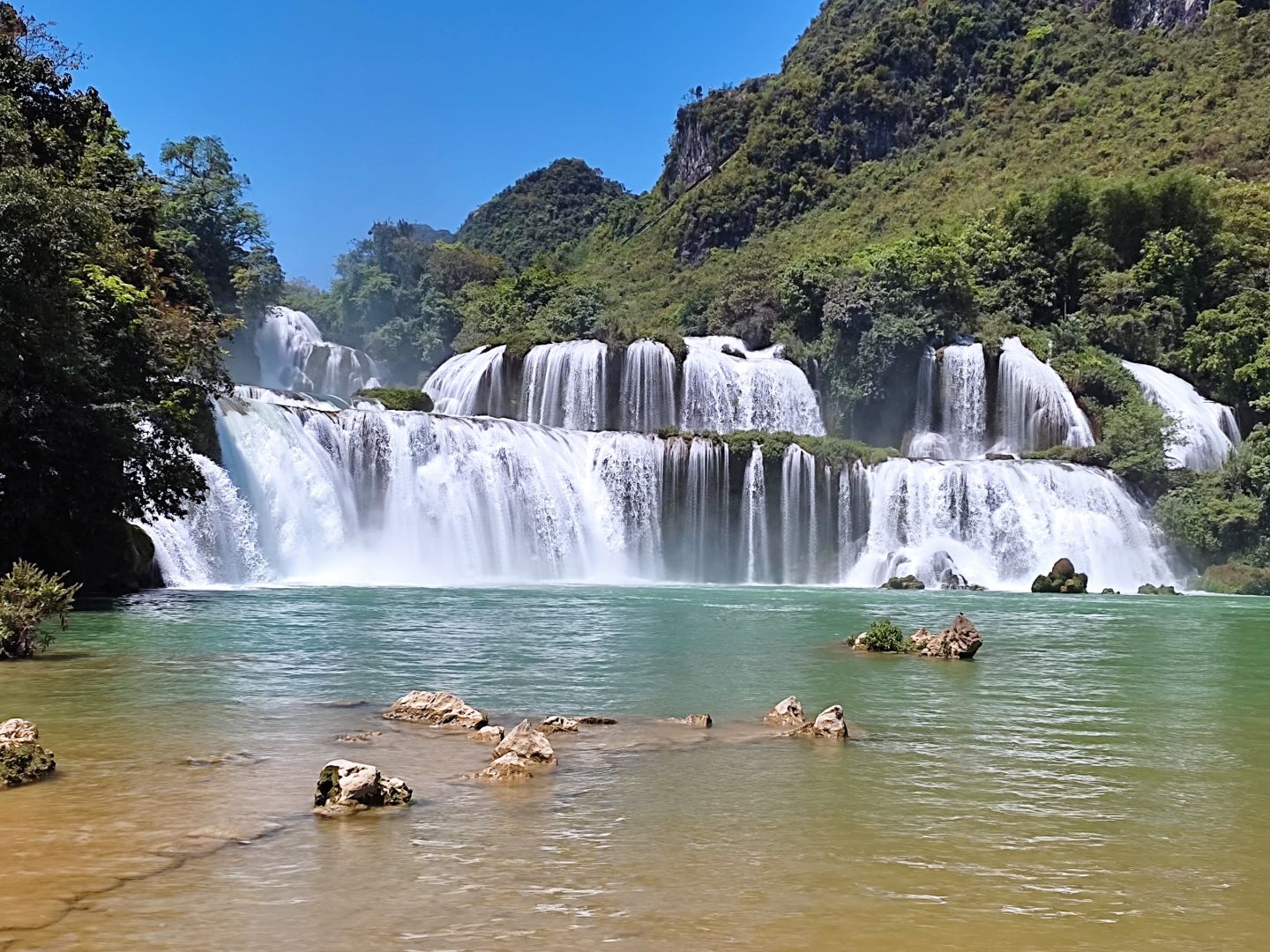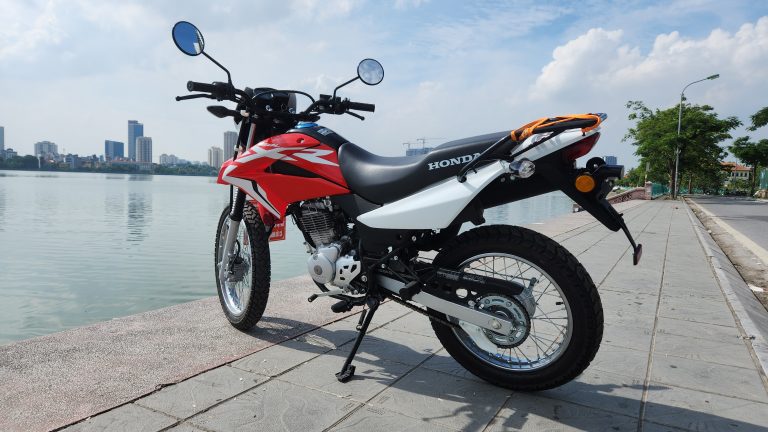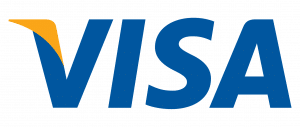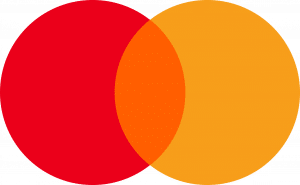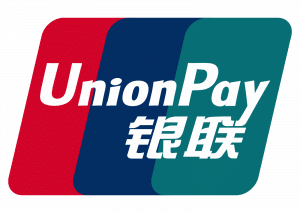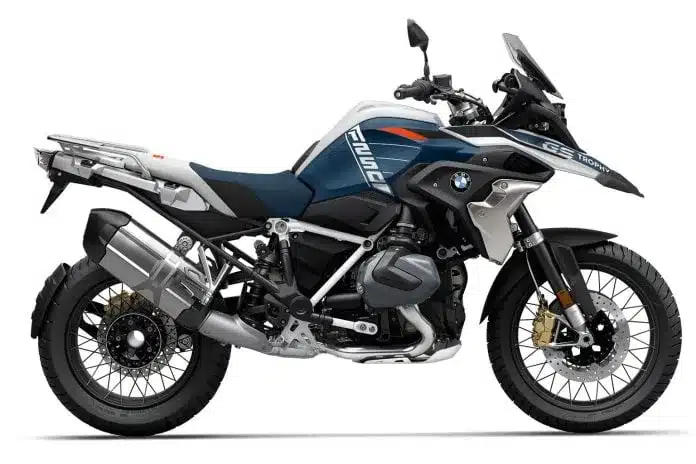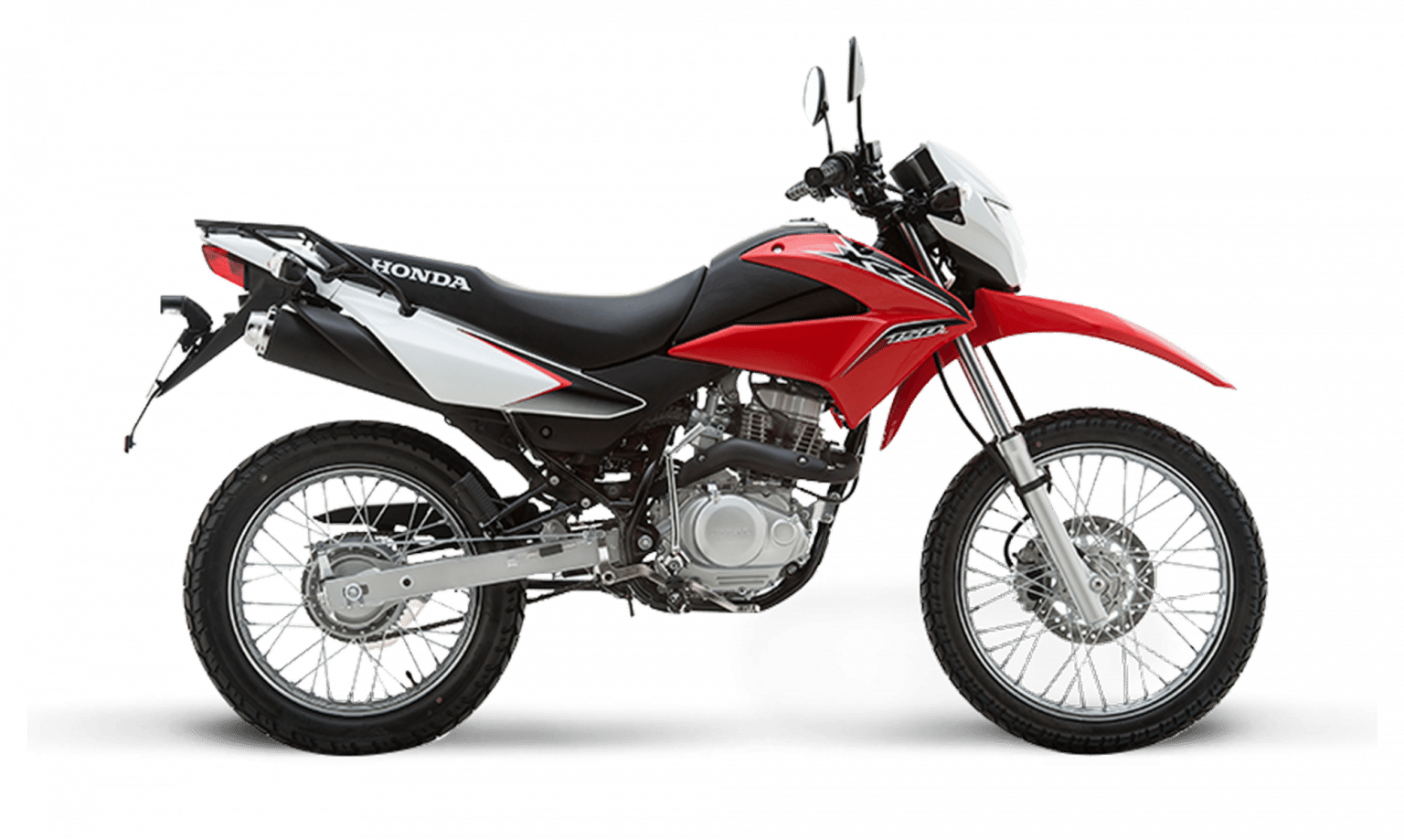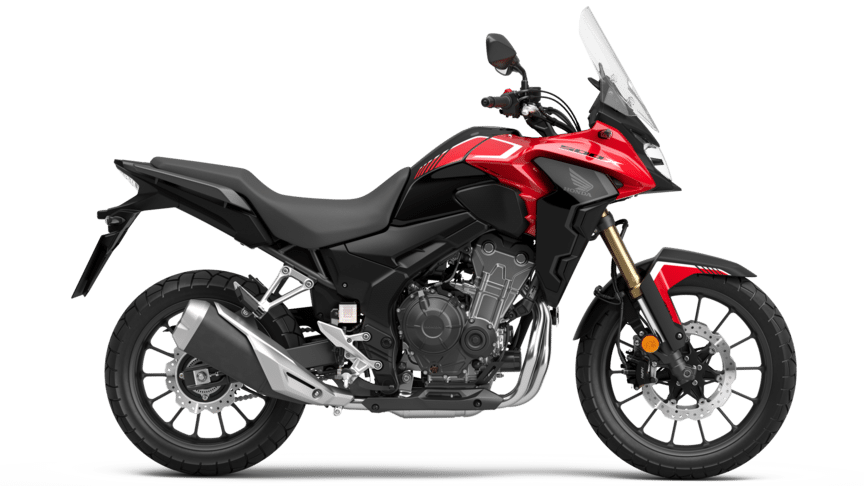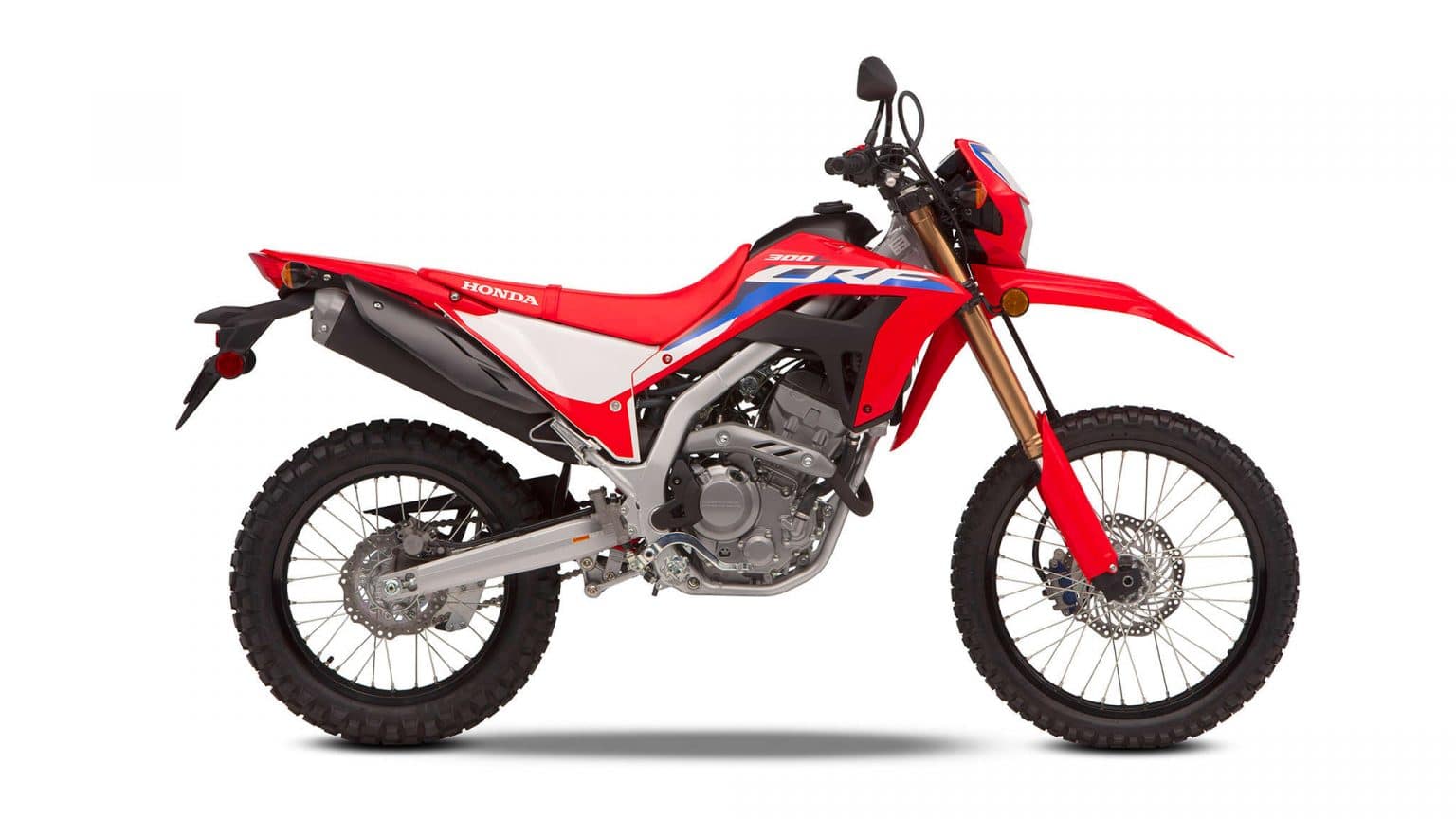Ban Gioc Waterfall
is one of Vietnam’s most impressive natural sights. It is tucked far away from the provincial capital of the northeastern province of Cao Bang directly on the border with China where it is called Detian Falls. The falls are currently the 4th largest falls located on a border at 30 metres high and 300 metres across. This makes Ban Gioc the widest (but not the highest) waterfall in the Vietnam.
The recent improvements in road access and public transportation connections have made it an easier place to visit and stirred interest in the area. Mass tourism has begun to make its mark on the area and as facilities improve, the old world charm is being lost. Despite this, it is still relatively quiet and you will see very few tourists while you tour. Make the trip (during the week, if possible) to see the falls and explore the surrounding area whilst it is still relatively unscathed.
It is easy to get to Cao Bang and then the falls itself and a 6 day tour of Cao Bang, like the Waterfall Run, will be enough to see most things in the province. Of course, there will be plenty of routes, sights and dishes left unridden, unseen and uneaten, but that is just the reason you need to return.
There is also the option to visit the waterfall whilst on a larger Great Loop tour that will take in the beautiful province of Ha Giang and the French hill station of Sapa.
Route Map
3 Great Route options
Route 1 - The Direct Route
To take this route you can either head out of Cao bang City on the KH BG Route or the QL3. Personally, I think the KH BG is a little better as it is less of a highway and gets a little less heavy traffic than the QL3. Either way you end up on the QL3 and head towards the Ma Phuc Pass.
This is a good place to stop for a drink and to take a photo of the pass so long as it is a clear day. It is also the place where you will turn right and head for Phuc Sen Village, which is home to many traditional knife makers. You can buy handmade knives here or at one of the many knife sellers that you see along the road. Stop a while and watch them work.
Then it is down the hill into Quang Uyen, a small town with a large market. The market is a 5/11 market meaning that it is organised on the 5th, 11th, 15th, 21st, 25th and 31st day of each lunar month.
From Quang Uyen you head along the DT206 which is quite large and does have some large vehicle traffic, over to Trung Khanh. THere is also a large market here which is open every day and has a huge range of stalls and goods.
It is quite simple to follow the DT206 through town and out onwards towards Ban Gioc Waterfall. The road now is smaller and quieter and quite nice to drive on. As you come down the hill you will see the waterfall on your left hand side and it is worth stopping to take a picture from this distance as you can see the infrastructure built up on the chinese side of the falls.
This is a direct route and it is quite fast but it is busy with traffic.
Places to Stop on Route
Phuc Sen Knife Village – is a good place to watch traditional artisans make handmade knives, often from old leaf springs from trucks.
There are some good places to stay near Phia Thap such as Mr Kim’s Homestay and in Quang Uyen: Kieu Chinh Homestay is good for groups Tuyet Niem is good for solo travellers.
Ban Gioc – there are quite a few places to stay near the falls. They range from the simple homestays; Yen Nhi, Lan Rung, Khuoi Ky through the motel-like places: Phuong Troi, Ha Vuong to the trying-to-be impressive Saigon Ban Gioc Resort.
Alternative Route 1
This route starts at Trung Khanh and will take you on a winding path over to the Waterfall. It is easy to follow but you may get lost. If you do, it isn’t a big deal because there isn’t far to go and you will be riding through small villages on small paths so it is quite fun. You will also pass very close to the border with China and will probably see ‘the fence’.
Route 2 - The DT207 Loop
This route, coming from Cao Bang, is just the same as the Direct Route to begin with. You will need to turn off just after Quang Uyen and take the small winding DT207. THere are plenty of milestone markers with Ban Gioc written on the so it is easy to follow. You will also pass through a cool tunnel about 17km from the waterfall. Then, you drive along the river that marks the border between Vietnam and China and you will see the security fence on the other bank. There are several places to stop and border posts, too.
You will see Ban Gioc waterfall directly in front of you and you will be heading straight for the Parking area, very close to the Saigon Ban Gioc Resort hotel.
Places to Stop on Route
Ma Phuc Pass – you can stop here for food, drinks and photos
Phuc Sen knife village – a large area full of artisan knife makers
Quang Uyen – quite a large town with a big market
Vinh Quy Burnt Hills – this is a cool place with some wide open views.
Tunnel – this is marked on the map and is a good place for some photos or video.
Alternative Route 2
There is a different loop, THAT I HAVE NOT TAKEN YET, that looks to be very interesting. To get to this you can either turn off on a small road from Quang Uyen or follow the DT207 a short way and then head for Doc Lap Waterfall. You will pass another couple of minor falls and it looks like this road will be hard to follow but eventually take you up to rejoin the DT207 just after the tunnel.
Then, you follow the DT206 up to Ban Gioc Waterfall on the DT206.
Route 3 - The Tra Linh Loop
Coming from Cao Bang, this starts off as just the same as the two above routes. However, at the Ma Phuc Pass you turn left and head towards Tra Linh Border Crossing. This is quite a large road and there is quite a lot of heavy vehicle traffic. You can take this route if you wish to visit; Thang Hen Lake, Heaven’s Gate and Mat Than Mountain. There is an ethnic market in Tra Linh and this is where you turn off onto the DT211 to avoid going to the border gate and to head towards Trung Khanh.
From Trung Khanh you can choose to take the Direct Route for speed or the alternative route and wind your way through the villages.
Places to Stop on Route
Ma Phuc Pass – you can stop here for food, drinks and photos
Mat Than Mountain – a great spot to get some cool pictures
Thang Hen Lake – a small lake with a resort on the side.
Heaven’s Gate – and interesting mountain to look at
Tra Linh Market 4 / 9 market – this is a huge cattle market and is a sight to behold.
Trung Khanh Market 5 / 10 market
Co La Waterfall – thre is now a resort here. The waterfall is more of a stream.
Alternative Route 2
There is a different loop, THAT I HAVE NOT TAKEN YET, that looks to be very interesting. To get to this you can either turn off on a small road from Quang Uyen or follow the DT207 a short way and then head for Doc Lap Waterfall. You will pass another couple of minor falls and it looks like this road will be hard to follow but eventually take you up to rejoin the DT207 just after the tunnel.
Then, you follow the DT206 up to Ban Gioc Waterfall on the DT206.
Other Local Routes
There are hundreds, or thousands of little routes that traverse all over the limestone outcrops in Cao Bang. If you are interested in exploring, then you should take a good look at Google Earth and plan a route. It is impossible for us to tell you which routes are good and which are still open as there are so many and things are changing all the time. Search around and have fun.
The Best Combination of Routes
Needless to say, this is completely your choice. After reading the descriptions of the routes and taking into account the many factors on the day, you should be able to choose which combination works best for you and your group
I would only suggest that you make LOOP of this and do not do an out and back on the same road. This way you will get to see more and will experience different road conditions.
The best choice of bike
The driving around Cao Bang City and over to Ban Gioc is not difficult or rugged and you can take any bike that is good for a long distance trip. You will probably be driving around 120- 150 km per day so a bike with good range and that is comfortable is a good idea.
We think the Honda Future and the Honda XR150 are the best choices
If you are driving from Hanoi, on part of a longer tour or arriving from Ha Giang Province, then you will need a bigger touring bike, for sure.
Driving Tips
Driving in any new country has its own quirks and idiosyncrasies. Here are a few tips to help you on a tour in Vietnam. First of all, make sure you are driving legally. You can find out how to drive legally in Vietnam here.
- Drive slower than you normally would. The speed limit will be 40 km/h in town and usually 60 /70 kmh out of town. This is because there are lots of hazards on these roads.
- Respect the speed limit. The cops are quite happy to pull over foreigners nowadays and they are happy to fine them, too. Fines can be several million VN Dong so they are worth avoiding.
- If you are riding in a group, rotate the back rider. So, every 5 or 10km have the back rider come up to the front so that no one gets left behind.
- Stay in touch through apps and set regular stops, be them 1hr or 50+km intervals. This way you should all slow down and group up.
- Don’t get complacent on these quiet roads. There can be large trucks, crazy teens or even a dangerous dog. All of these can cause an accident.
- Don’t Drink and Drive. Obviously, this is not a good idea, however, you may be unaware that the legal blood alcohol level in Vietnam is ZERO. So, not even a sniff of booze is allowed.
Things to do
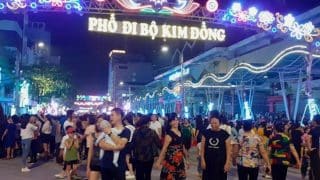
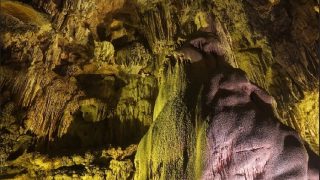
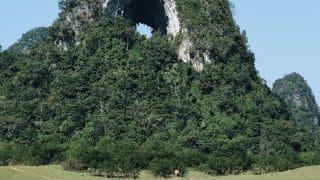
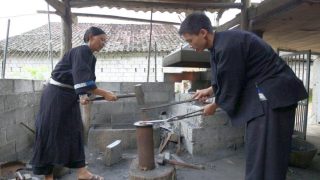
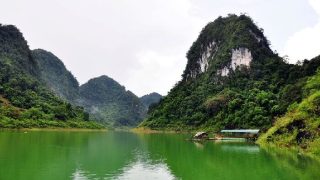
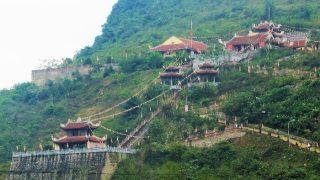
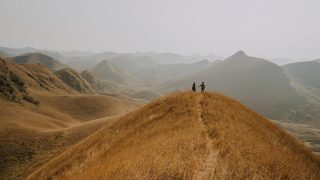
Kim Dong Walking street
In the centre of Cao Bang there is a 600m long walking street that is full of entertainment on Friday and Saturday nights between 5pm and 11pm. You will see performances and be able to eat local speciality foods.
Nguom Ngao Cave
This is a huge cave that is 5km from the Ban Gioc Waterfall. You can walk through this for about 1,000m and a ticket is 45,000vnd per person.
Truc Lam Pagoda
Only 500m away from the Waterfall on Phia Nham Mountain this pagoda gives a great view and is worth climbing to get some beautiful shots. THere are the standard groups of motorbike drivers at the bottom of the hill willing to drive you up, for a price.
Phuc Sen Knife Village
The village of the Nung people is made up of around 400 households and 2,000 people. It is about 1,000years old an no one knows how long they have been making knives here.
Mat Than Mountain
This mountain with a hole through it is a spectacular sight. I the dry season the surrounding lake is empty and you can walk over but it fills and looks even more beautiful in the wet season
Thang Hen Lake
This is a small lake with a resort next to it that is quite close to Cao Bang and not far from the Mat Than Mountain. It could be noisy with karaoke at the weekend.
Vinh Quy Burnt Hills
This is a beautiful area of pine forest and open hills that you can drive through.
Markets in the area
In the border highlands, the villages are often very far apart, in each village there are only a few roofs, so the daily life of the people is often closed. Therefore, for people, going to the market, in addition to buying and selling goods, is also a place to exchange information, exchange feelings, and date couples.
Cao Bang is riddled with markets and it is impossible for us to list all of them. On the map, we have marked some of the largest ones and we tell you the days that they operate below here.
In Cao Bang, the markets are held every 5 days and are labelled as a 5/11, or 4/9 market. The 4/9 market, for example, will be held on the 4th; 9th; 14th; 19th; 24th; and 29th of the lunar month.
- Chợ Quang Uyen
- Chợ Na Giang
- Chợ Po Tau
- Chợ Thong Hue
- Chợ Bo Gai
- Chợ Nam Nang
- Chợ Nuoc Hai
- Chợ Bang Ca
- Chợ Tra Linh
- Chợ Po Peo
- Chợ Cao Binh
- Chợ Đống Đa
- Chợ Trung Khanh
Note: The vietnamese word for market is Chợ = Market so you will see that we have listed the markets with names like Chợ Đống Đa and this will mean Đống Đa Market
You many also see the word phiên as in Chợ Phiên Đống Đa. This means Fair as in Market Fair and indicates the kind traditional market that we are talking about and not a more modern wet market or supermarket
Places to Stay
There are lots of places to stay in the three main locations of Cao Bang, Quang Uyen and Ban Gioc. There are too many to list so we have just put a few of our favourites. There are also some smaller, interesting little homestays dotted around the countryside that are very good as well. It would be wise to call these places beforehand to make sure they have room for you.
- Max Boutique Hotel
- Gia Quy Hotel
- Lan’s Home Homestay
- Cao Bang Eco Homestay
- Primrose Homestay
- Kieu Chinh Homestay
- Tuyet Niem Hotel
- Exclusive Huong Hotel
- Hai Au Hotel
- Yen Nhi Homestay
- Lan Rung Homestay
- Khuoi Ky Homestay
- Phuong Troi Hotel
- Ha Vuong Hotel
- Saigon Ban Gioc Resort
- Mr Kim’s Homestay (near Phuc Sen Village)
- Tong Chao Homestay (Near Quang Uyen)
- Green Door Homestay (between Trung Khanh and Ban Gioc)
What to eat
There is a lot of good food in Cao Bang. Unfortunately, some of it is not that easy to find. Many of the dishes are seasonal so you might choose to visit at a particular time.
Here we focus on the things that Cao Bang is very well known for and that you are likely to see all around you.
Ant Egg Rice Cake
These are made by the Tay ethnic group and they use eggs from tree ants. The eggs are white and as large as rice grains.
They can be found easily between April and May as that is the breeding season for the ants.
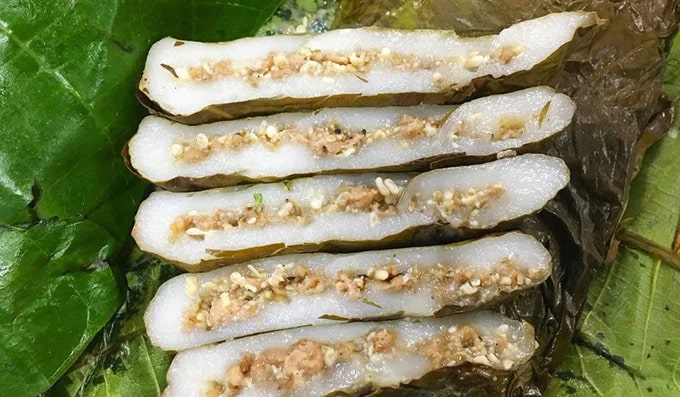

Trung Khanh Chestnuts
Coming from the Trung Khanh Region these nuts are harvested between September and October. They are roasted and eaten or ground down to use as a filler for cakes. They have a lovely woody flavour and are not too strong.
Sausage
Cao Bang and all the northern provinces are well-known for sausage. You will see it hanging drying, or being smoked in all places. They need to be hung for at least 3 days. The Cao Bang variation is made from loin and shoulder meat and seasoned with spices, honey, ginger amongst other things.

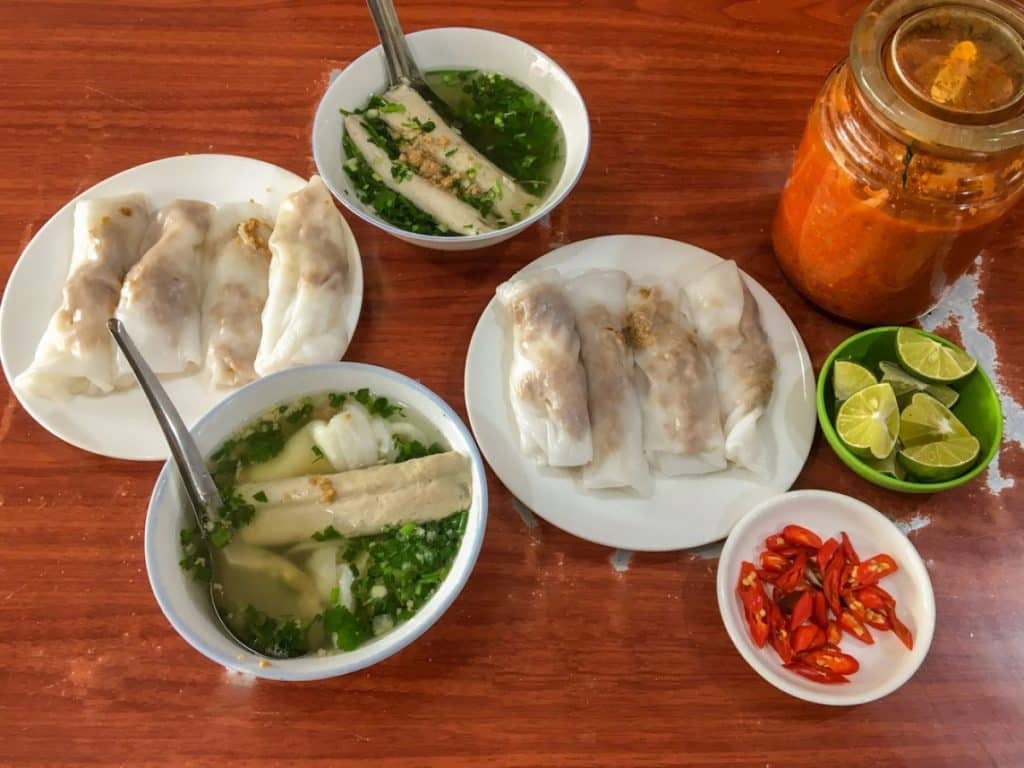
Steamed Rice Rolls
A very popular dish all over Vietnam. In Cao Bang you get a small bowl of broth with pork meat as well as the steamed rice filled with meat and herbs and often dried onions.
Khao Cake
This is a sticky rice cake with a layer filling of sugar, sesame, peanuts and lard. It is very popular at Lunar New Year.
It is often given as a gift to the ancestors at Tet.
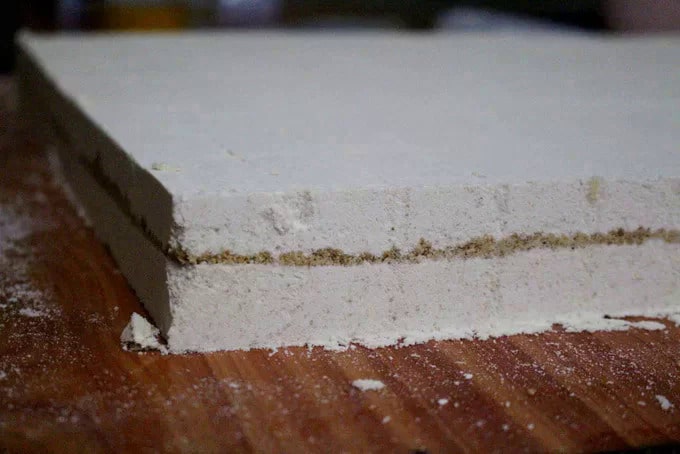
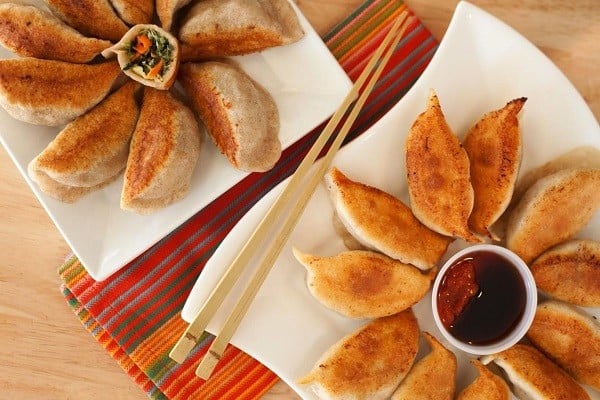
Fried Duck Meat Cake
This is very popular, especially in Winter. So, much so that there is even a ‘season’ for it when the streets are filled with the aroma of duck meat cakes being cooked.
The covering is made from rice and soybean and is used to wrap duck meat that has been marinated.
The wraps are then deep fried like fried dumplings and served hot with fish sauce dip.
When to Visit
Generally speaking, it is best to visit Cao Bang in the dry season, which is from October to April.
You should also be aware that North Vietnam can get really cold in the winter, from November to February, so be sure to pack several layers of clothes and waterproofs.
Rainy season, which is from May to September in the North of Vietnam, can be wonderful but it is very hot and humid. You will want to avoid the midday heat.
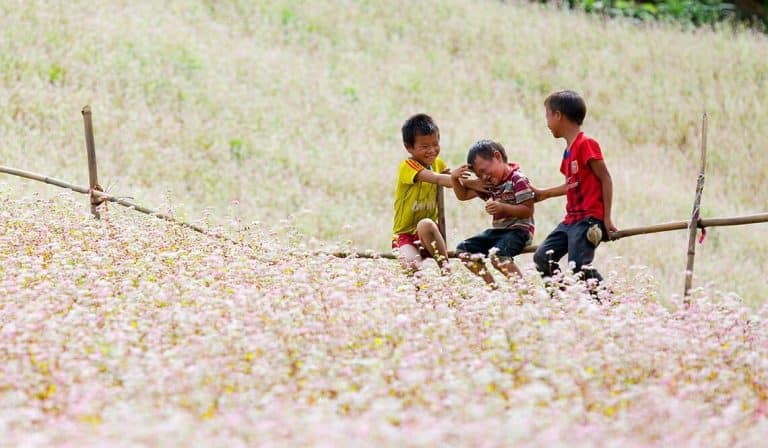
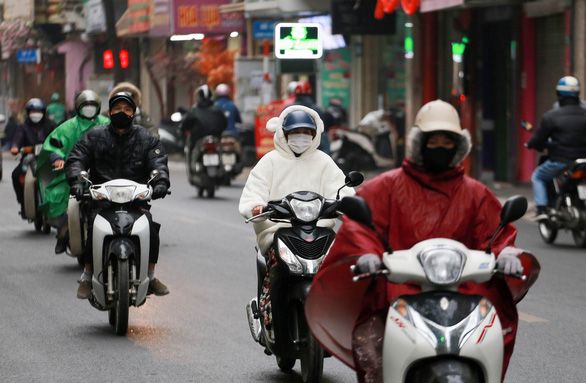
Should you Visit?
Ban Gioc is a great place to visit. If you are planning to go to Cao Bang, you should not skip it. It’s not just about visiting the falls. Cao Bang has so much to offer and so few people go there that it is a really magical place.
Even though it is not the most developed place in the world (and that is a large part of the charm) there is definitely something for everyone. It could be the food, the views, the driving or….
As I always say, “The cool kids go to Cao Bang.” So, be cool 🙂
FAQ
It is about 300 km directly from Hanoi. Therefore, it is a long drive and it is better to do it over two days than one. You could stop in Ba Be National Park or in Bac Son, Lang Son depending on which route you decide to take.
If you are taking a car, then I would say use the QL3 directly through Bac Kan and then to Cao Bang.
If you are driving motorbike then consider taking two days as I say in the answer to the question above.
This would be August / September as there will be plenty of water after the rainy season and the rice fields will also be lush green.
No you can’t. However, people do and, because the falls are noisy, drones are small and the operators can hide, it is fairly easy to do so and get away with it. There are signs saying no drones and you are right on the Vietnam / China border so think twice.
It is illegal to do so and it is also quite dangerous. If you do try it, for sure, there will be plenty of people screaming at you to get out.
Yes, there are plenty within around 2 or 3 km of the falls. You can choose from resorts to mini hotels to homestays. We have listed some above.
Yes, as with almost everywhere in Vietnam fuel is easy to find whether that is in a fuel station [Petrolimex] or at small roadside vendors from plastic bottles. Ban Gioc is no exception.
